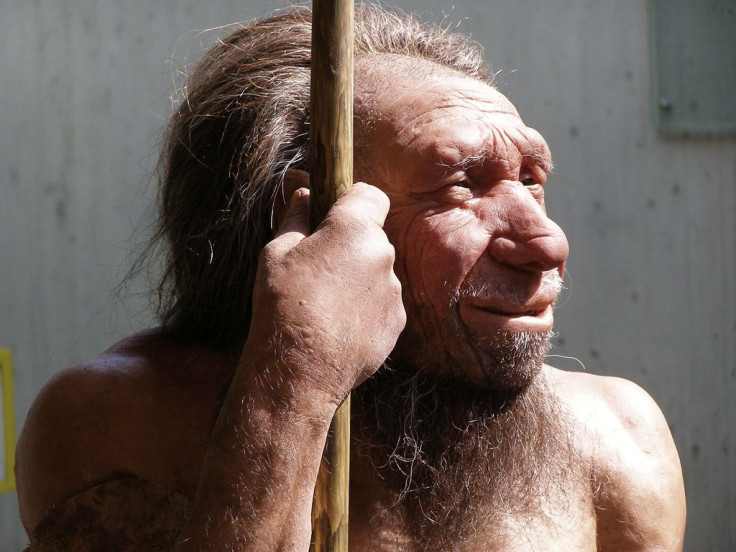DNA Analysis May Reveal When Humans Stopped Having Sex With Neanderthals

Modern Europeans may have interbred with Neanderthals as recently as 37,000 years ago, after modern humans with advanced stone tools expanded out of Africa, according to a new study.
In an attempt to understand why the Neanderthals are more closely related to people from outside of Africa, researchers from Harvard and the Max Planck Institute estimated that while the last sex between Neanderthals and modern humans may have occurred 37,000 to 86,000 years ago, it was most likely that it occurred 47,000 to 65,000 years ago.
The latest findings, published in the journal PLoS Genetics, suggest that when modern humans emerged from Africa they encountered and had children with other hominids, including the Neanderthals who are also believed to be the ancestors of modern humans in Europe and Asia.
Neanderthals, our closest known extinct relatives, had been around for about 30,000 years when modern humans first appeared in the fossil record about 200,000 years ago, and then disappeared around 28,000 years ago, researchers wrote. The Neanderthals lived in Europe and Western Asia and with a range that extended as far east as Siberia and as far south as the Middle East, researchers wrote in the study.
When scientists first sequenced the Neanderthal genome using DNA extracted from fossils in 2010, they found that early humans had occasionally successfully interbred with Neanderthals, and recent estimates reveal that modern Europeans share between 1 and 4 percent of their genes with Neanderthals.
Genetic sequencing revealed that people outside Africa shared more genetic variants with Neanderthals than Africans do. Researchers say that one possible explanation is that early humans interbred with Neanderthals after the modern lineage began moving outside Africa at least 100,000 years ago.
Another explanation could be that an African group that was related to both Neanderthals and certain modern human populations genetically diverged from other Africans beginning about 230,000 years ago, and then remained genetically distinct until it eventually left the continent.
Dr. Sriram Sankararaman, of Harvard Medical School's genetics department and his team measured the length of DNA pieces in the genomes of Europeans and Neanderthal genomes. Researchers said that since recombination between chromosomes, when egg and sperm cells are formed, reduces the size of the DNA chunks in each generation, the Neanderthal-related pieces will be smaller the longer they have spent in the genomes of present-day people.
By comparing lengths, "we can estimate when the two populations last shared genes," explained Sankararaman, a statistical geneticist at Harvard Medical School, according to Live Science.
Based on their findings, Sankararaman and his team estimate that Neanderthals and modern humans last exchanged genes between 37,000 and 86,000 years ago, which is after modern humans began expanding outside Africa, but potentially before they started spreading across Eurasia.
The latest findings also suggest that modern humans last shared ancestors with Neanderthals during the period known as the Upper Paleolithic era when modern humans had begun using relatively advanced stone tool like knife blades, spear points, and engraving and drilling implements.
Researchers said that future research will explore other prehistoric interbreeding events like the mixing between ancestors of modern Papuans and the recently discovery of the extinct human lineage known as the Denisovans. Scientists believe that around 6 percent of modern Papuans' genomes come from Denisovans.
Published by Medicaldaily.com



























